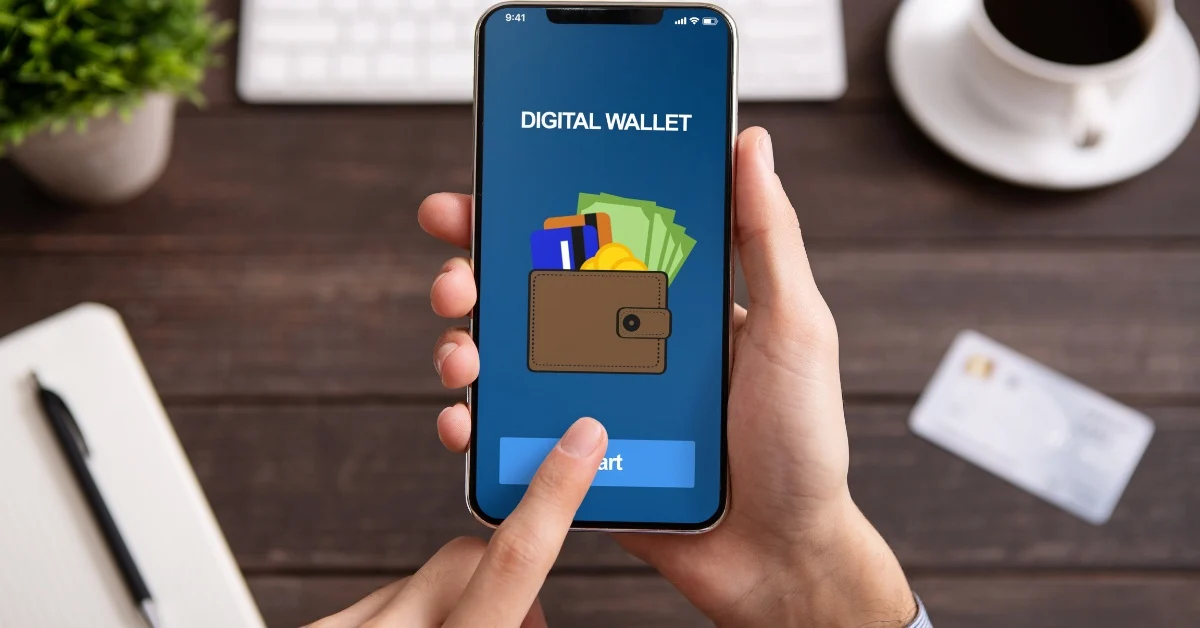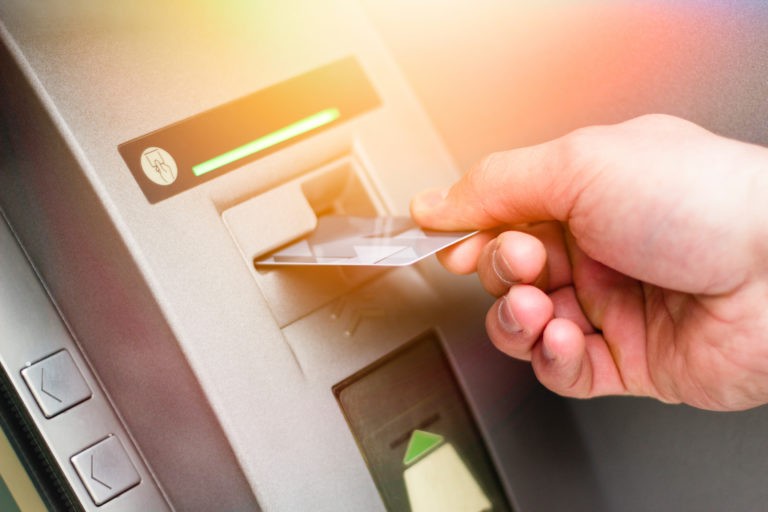In recent years, digital wallets have become a key player in the world of personal finance and online banking. These digital solutions have revolutionized the way we make payments, store money, and manage our financial transactions. With the rise of digital wallets, the financial landscape is shifting, offering convenience, speed, and enhanced security for users. In this post, we explore the rise of digital wallets and their profound impact on online banking.
What Are Digital Wallets?
A digital wallet, also known as an e-wallet, is a virtual tool that allows users to store and manage their payment information, such as credit and debit cards, as well as digital currencies like cryptocurrencies. These wallets enable users to make payments, transfer funds, and store tickets or loyalty cards, all from their smartphones or other devices. Some of the most popular digital wallets include PayPal, Apple Pay, Google Wallet, and Samsung Pay.
Key Features of Digital Wallets
Digital wallets offer several features that enhance the convenience and efficiency of financial transactions. Here are some of the key features that make them popular:
1. Easy Payment Methods
With a digital wallet, users can make purchases in-person or online by simply using their smartphones or other connected devices. These payments are processed quickly and securely, without the need to carry physical cards or cash.
- Contactless Payments: Users can make in-store purchases by tapping their phone on a payment terminal, offering a quicker and more seamless experience than traditional card payments.
- Online Purchases: Digital wallets streamline online shopping by allowing users to check out with just a few taps, saving time and reducing the need to manually enter payment information.
2. Secure Transactions
Digital wallets use advanced security features to ensure that transactions are safe and secure. These features often include encryption, tokenization, and biometric authentication, making them a secure alternative to traditional payment methods.
- Tokenization: Instead of transmitting sensitive credit card numbers, digital wallets use tokens to process payments, adding an extra layer of protection.
- Biometric Authentication: Many digital wallets require biometric verification, such as fingerprint or facial recognition, to authorize transactions, making it harder for unauthorized users to access the wallet.
3. Centralized Storage for Multiple Cards
Digital wallets allow users to store multiple payment methods in one place, making it easy to manage different accounts. Instead of carrying physical credit cards, debit cards, or gift cards, users can access all their payment options from a single platform.
- Multiple Card Support: Digital wallets allow users to store credit cards, debit cards, and even loyalty cards, streamlining the process of making payments and tracking expenses.
- Easy Card Management: Users can easily add, remove, or update their payment methods through their digital wallet’s settings.
4. Integration with Other Financial Services
Many digital wallets have evolved into comprehensive financial tools that integrate with other banking services. These integrations provide users with a one-stop platform for managing their financial needs.
- Bank Transfers: Some digital wallets allow users to link their bank accounts, enabling instant transfers between their wallet and bank accounts.
- Bill Payments: Digital wallets can be used to pay utility bills, subscriptions, and even rent, making it easier to stay on top of recurring payments.
The Impact of Digital Wallets on Online Banking
The rise of digital wallets has significantly impacted the way banks operate and how customers interact with their financial institutions. Here are some of the key ways digital wallets are influencing the online banking sector:
1. Streamlined User Experience
Digital wallets offer a smooth and seamless user experience, allowing customers to manage all aspects of their finances in one place. This has encouraged banks to enhance their mobile apps and online platforms to compete with the convenience of e-wallets.
- Faster Payments: Digital wallets reduce the time it takes to make payments by eliminating the need to enter lengthy credit card information or billing addresses.
- Mobile Banking Integration: Banks are integrating digital wallet functionality into their mobile apps, allowing users to manage their bank accounts and make payments within a single platform.
2. Expanded Payment Options
Digital wallets offer customers a wider range of payment options compared to traditional banking methods. This increase in options has transformed online shopping, in-store payments, and even peer-to-peer transactions.
- Global Accessibility: Many digital wallets support international transactions, allowing users to make payments and send money across borders with ease.
- Peer-to-Peer Transactions: Digital wallets have simplified the process of sending money to friends or family members, allowing users to make instant transfers without the need for bank account details.
3. Increased Security and Fraud Prevention
One of the biggest advantages of digital wallets is their enhanced security features. With digital wallets, the risk of fraud is reduced because sensitive information is not shared during transactions. This has led to a shift in online banking, with many institutions adopting similar security protocols to keep their customers safe.
- Secure Payments: Digital wallets use encryption and tokenization to protect customer data, reducing the likelihood of financial fraud.
- Fraud Alerts: Many digital wallet apps send real-time notifications if suspicious activity is detected, helping users stay informed and take action quickly.
4. Growth of Cashless Transactions
Digital wallets have played a major role in the global shift toward cashless transactions. With mobile payment systems becoming more widespread, fewer people are carrying physical cash or using credit cards for everyday purchases.
- Cashless Society: Digital wallets are helping to facilitate the transition to a cashless society, making it easier for people to make payments and manage finances without needing physical currency.
- Convenience and Adoption: As more consumers adopt digital wallets, businesses and financial institutions are embracing cashless payments, resulting in faster, safer transactions.
5. Influence on Financial Inclusion
Digital wallets have the potential to improve financial inclusion by providing access to banking services for individuals who may not have access to traditional banking methods. This is especially beneficial for people in underserved or unbanked regions.
- Access to Financial Services: Digital wallets allow people without access to a physical bank branch to store money, make payments, and even send money internationally.
- Affordable Services: Many digital wallets offer lower fees than traditional banks, making financial services more accessible to a broader population.
The Future of Digital Wallets and Online Banking
As digital wallets continue to evolve, they are expected to play an even larger role in online banking. Here are some potential developments we can expect in the future:
1. Integration with Emerging Technologies
The future of digital wallets is closely tied to emerging technologies like blockchain, artificial intelligence (AI), and the Internet of Things (IoT). These innovations will enhance the capabilities of digital wallets, making them even more secure, efficient, and user-friendly.
- Blockchain Integration: Blockchain technology could be used to improve transaction transparency and reduce fraud risks in digital wallets.
- AI-Powered Insights: AI could help users track spending patterns, offer personalized financial advice, and optimize payment methods based on user behavior.
2. Expansion of Cryptocurrency Support
As cryptocurrencies continue to gain popularity, digital wallets are expected to expand their support for digital currencies. This will allow users to store, transfer, and spend cryptocurrencies like Bitcoin and Ethereum directly from their wallets.
- Crypto Transactions: Digital wallets will enable users to easily convert between traditional currencies and cryptocurrencies, expanding the reach and usability of digital assets.
- Crypto Wallets: Many digital wallets may soon offer built-in cryptocurrency wallets, allowing users to manage both their traditional and digital currencies in one place.
3. Increased Collaboration Between Banks and E-Wallet Providers
As digital wallets gain more traction, we expect to see increased collaboration between banks and e-wallet providers. This could lead to the creation of more integrated financial platforms that combine traditional banking services with the convenience of digital wallets.
- Bank Wallet Integration: Banks may offer digital wallet services within their own apps, allowing users to seamlessly access their bank accounts and digital wallets in one place.
- Unified Payment Systems: As digital wallets become more widely adopted, financial institutions may work together to create universal payment systems that enable cross-platform transactions.
Conclusion
The rise of digital wallets has had a significant impact on online banking, providing users with a faster, more secure, and more convenient way to manage their finances. With features like easy payments, enhanced security, and access to multiple payment methods, digital wallets are reshaping the financial landscape. As technology continues to evolve, we can expect even more innovation in the world of digital wallets and online banking, with increased integration of emerging technologies, cryptocurrency support, and collaboration between banks and e-wallet providers. Digital wallets are undoubtedly here to stay, and they will continue to shape the future of personal finance management.





